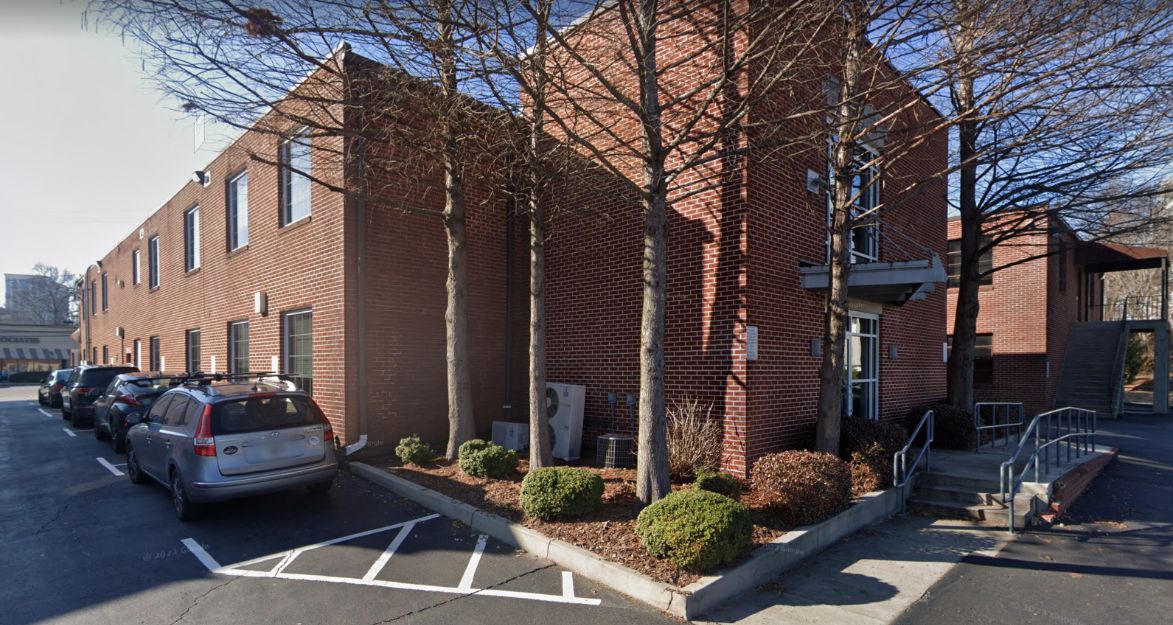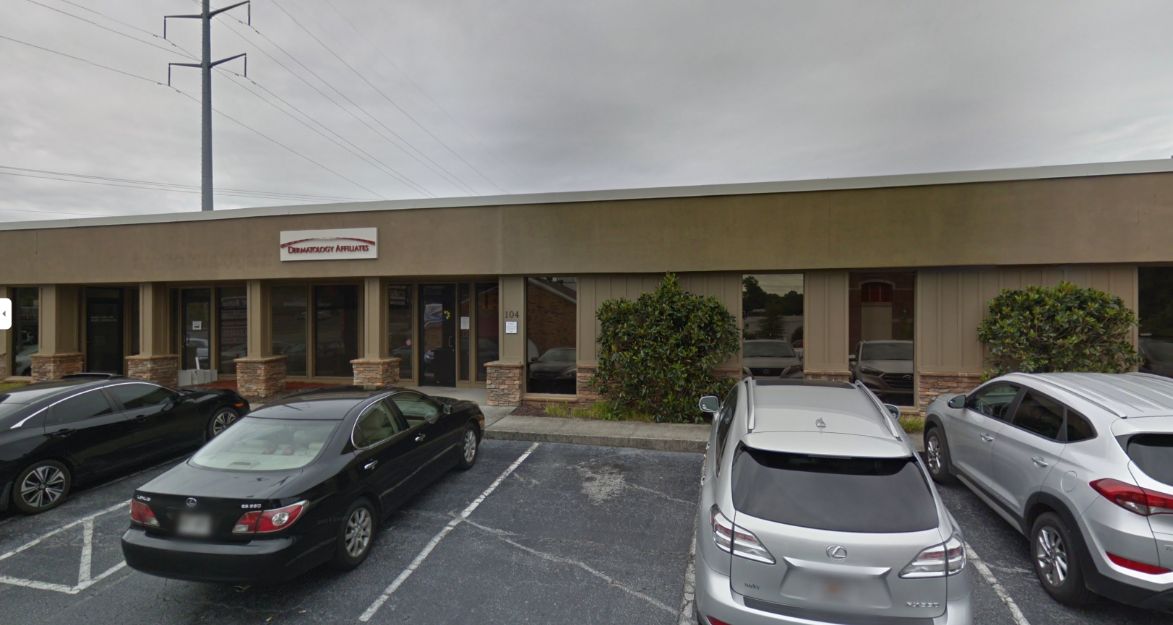Curettage
Curettage: A Precise and Effective Skin Cancer Treatment
Curettage is a highly effective procedure for treating skin cancer, meticulously removing abnormal lesions using a sharp, oval-shaped instrument known as a curette. This precise technique is commonly used to address various types of skin cancer, including basal cell carcinoma and squamous cell carcinoma. Following curettage, a dermatologist typically employs electrocautery to burn away any remaining abnormal cells, ensuring thorough treatment and reducing the risk of recurrence.
The outcomes of curettage are highly favorable, with this minimally invasive procedure often resulting in minimal scarring and a rapid recovery. Patients usually experience only mild discomfort during and after the treatment, and most are able to return to their daily activities shortly thereafter. Curettage is particularly beneficial for treating smaller, superficial skin cancers, providing a reliable and effective solution for eliminating cancerous cells while preserving the surrounding healthy tissue.
EXAMPLES OF CURETTAGE
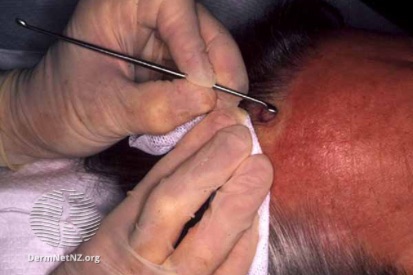
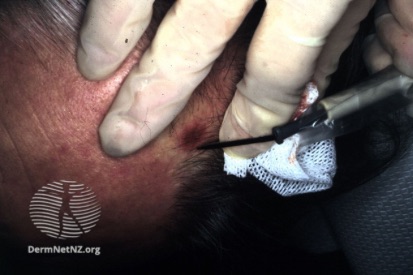
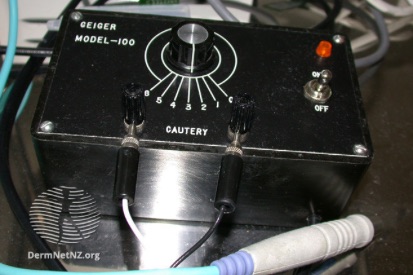
Curettage Explained
It may be used to remove benign growths such as warts or cysts or as part of a biopsy procedure to investigate suspicious or potentially cancerous skin lesions. The procedure is considered minimally invasive and is commonly performed on an outpatient basis. Dermatologists utilize curettage as a versatile tool for both diagnosing and treating a range of skin issues.
Benefits of Curettage
- Benign Lesion Removal: Effectively removes benign skin issues like warts and cysts for cosmetic improvement.
- Diagnostic Tool: Provides a sample for accurate diagnosis, aiding in identifying skin conditions.
- Skin Cancer Treatment: Minimally invasive option for superficial skin cancers, offering simplicity and effectiveness resulting in minimal scarring.
- Outpatient Convenience: Typically performed on an outpatient basis, curettage allows for a swift return home with minimal downtime.
How Dermatology Affiliates Can Help: Curettage for Skin Cancer and Skin Issues
Dermatologists expertly use curettage to treat various skin conditions. They diagnose and treat benign growths like warts and cysts, utilizing curettage for removal when necessary.
For suspicious or potentially cancerous lesions, the providers at Dermatology Affiliates may perform curettage as part of a biopsy procedure, providing a sample for laboratory analysis. Curettage is also an effective treatment option for certain superficial skin cancers.
Discover the benefits of curettage and electrocautery at Dermatology Affiliates, where our skilled practitioners are dedicated to delivering exceptional care. Schedule your Total Body Skin Exam today.
Curettage FAQs
Curettage means the removal of tissue or growth by scooping or scraping with a curette tool. This special technique is typically used to remove cancerous and non-cancerous lesions.
Curettage is commonly used to treat superficial skin cancers, including basal cell carcinoma and squamous cell carcinoma. It is particularly effective for smaller, well-defined lesions that are located on the surface of the skin. However, your dermatologist will determine if curettage is the most appropriate treatment option based on the characteristics of your skin cancer.
During the curettage procedure, the affected area is numbed with a local anesthetic to minimize discomfort. The dermatologist then uses a curette to scrape away the abnormal tissue. Afterward, electrocautery is typically applied to destroy any remaining cells. The procedure is usually quick, and patients can expect minimal discomfort. Recovery is generally fast, with most people returning to their normal activities shortly after the treatment.
What to Expect at Your Curettage Appointment
The Curettage process involves using a spoon-shaped instrument to scrape away the targeted skin lesion, with attention to complete removal. After the procedure, wound care instructions and any necessary dressing will be provided. You'll receive post-treatment guidelines, including activities to avoid and skincare routines.
How to Prepare for a Curettage
Planning for Recovery after Curettage
After the curettage procedure, your provider will put a dressing on the area. It’s important that this dressing stays on for 24 hours following the procedure and that it does not get wet.
After 24 hours, it’s time to change the dressing. First, thoroughly wash your hands with soap and water. Then, remove the old dressing and gently wash the site with soap and warm water. It’s crucial that you do not scrub or scratch the site. Next, pat the area dry, cover it with a thick ointment, and apply a bandage.
During your curettage recovery period, make sure to not submerge the area until the site is completely healed. Furthermore, avoid taking blood thinners, as the area may occasionally bleed after you leave the clinic.
Featured Blogs

- General Dermatology
As the U.S. population ages, the number of Americans who suffer from skin diseases will continue to rise, according to the American Academy of Dermatology (AAD).
Read More
- Skin Cancer
- General Dermatology
- Sun Safety
A person will get sunburned from spending time outside without sunscreen and sun-protective clothing. Read to learn more about the dangerous effects of sunburn.
Read More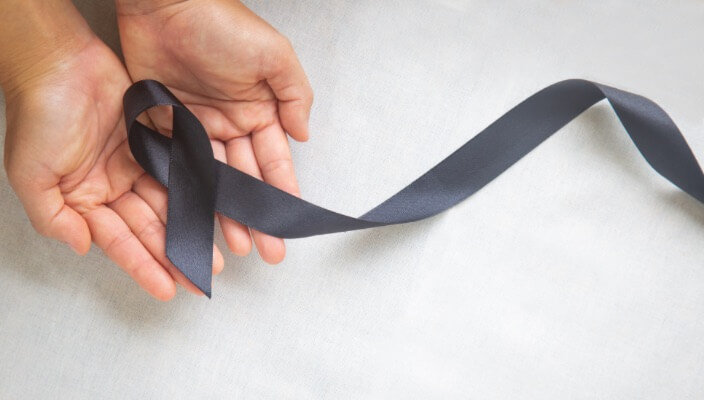
- Skin Cancer
- General Dermatology
- Sun Safety
A skin cancer story shared by a Dermatology Affiliates employee. Learn how easy it is for skin cancer to sneak into your life in many ways.
Read MoreFeatured Products for Curettage
Check your local office for current stock!
Check your local office for current stock!

